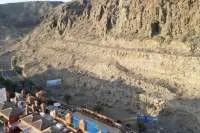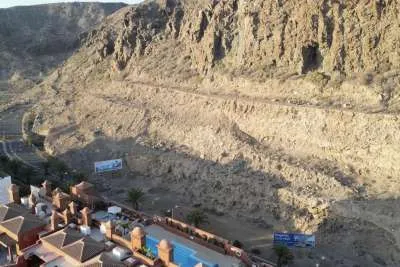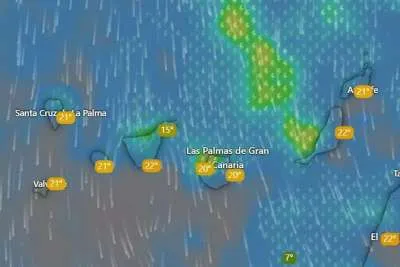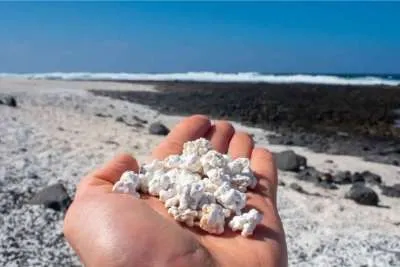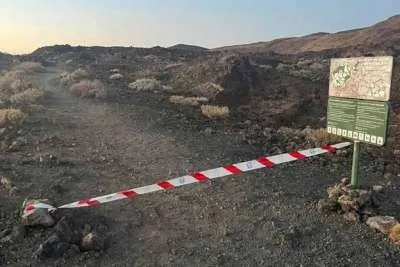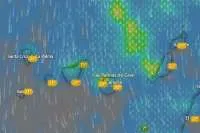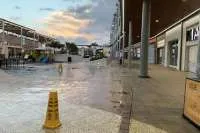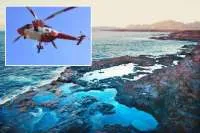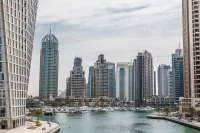Population in the south of Tenerife has grown by 150% since the year 2000
- 02-06-2024
- Tenerife
- Canarian Weekly
- Photo Credit: CW
The south of Tenerife has experienced unprecedented demographic growth since the year 2000, one of the highest in both the Canary Islands and Spain as a whole, according to the National Statistics Institute (INE), who state that the region's population growth rate stands out remarkably.
The INE's data is striking: the five most populated municipalities in the south - Arona, Granadilla de Abona, Adeje, San Miguel de Abona, and Guía de Isora - have collectively seen their populations grow 2.5 times since the turn of the century. In 2000, they had a combined population of 94,735, which surged to 235,265 by last year, an increase of 140,530 (+148%) and don’t include the numbers of tourists who visit the region.
Municipal Growth Breakdown:
-
Arona: Increased from 38,416 residents to 85,249.
-
Granadilla de Abona: Grew from 20,323 to 54,942.
-
Adeje: Rose from 14,007 to 50,167.
-
San Miguel de Abona: Expanded from 7,315 to 22,606.
-
Guía de Isora: Increased from 14,674 to 22,301.
The primary reason for this demographic boom is the tourism sector, which has steadily grown over the past four decades. This growth has attracted both local and foreign workers, leading to significant strains on infrastructure, such as daily traffic congestion, and on essential services like schools, hospitals, and residential housing. The housing issue has worsened recently due to the limited development of public housing and the surge in holiday homes.
Despite high rental costs, particularly in residential areas near the main tourist areas, where unions have warned of a potential "tourism collapse" due to workers struggling to find affordable housing, the job opportunities in South Tenerife make it an attractive destination for young people from European countries, especially more recently from Italy. Before Brexit more Brits than anyone else were moving to the island, but that has now slowed down.
However, this influx of ‘young immigrants’ has also had a positive side effect: it has helped to slow the aging of the population, a significant concern in other parts of the island.
As South Tenerife continues to grow, the region faces the dual challenge of maintaining its appeal as a tourist destination while addressing the infrastructural and social needs of its rapidly increasing population.
Other articles that may interest you...
Trending
Most Read Articles
Featured Videos
A Vision of Elvis Tenerife Promo
- 10-05-2025
TEAs 2025 Highlights
- 17-11-2025




